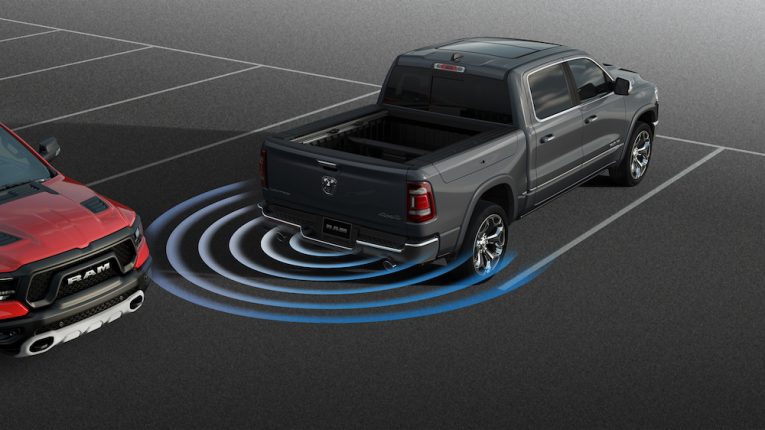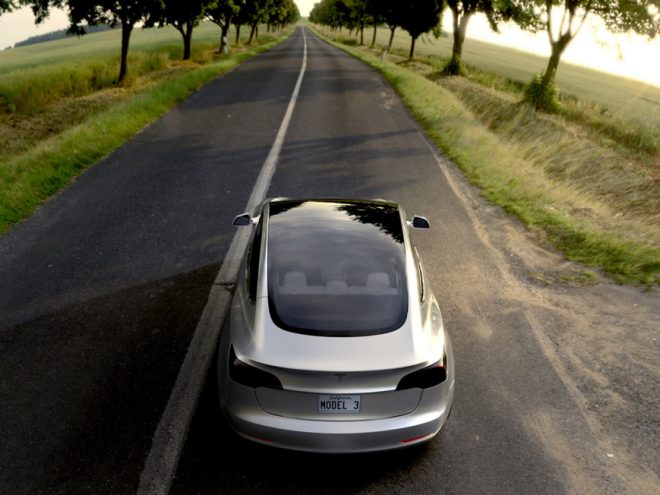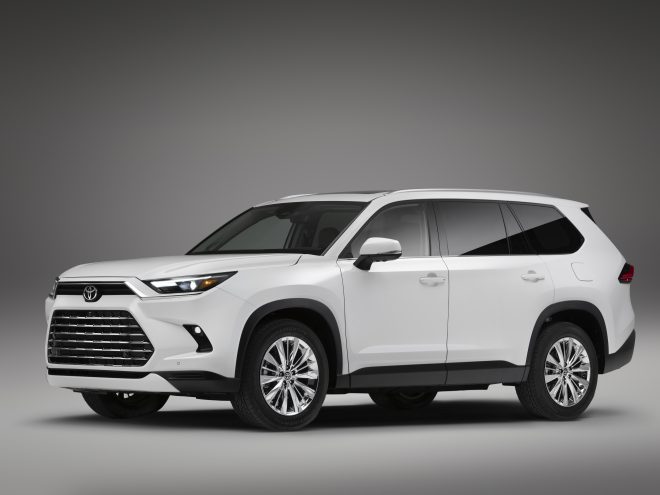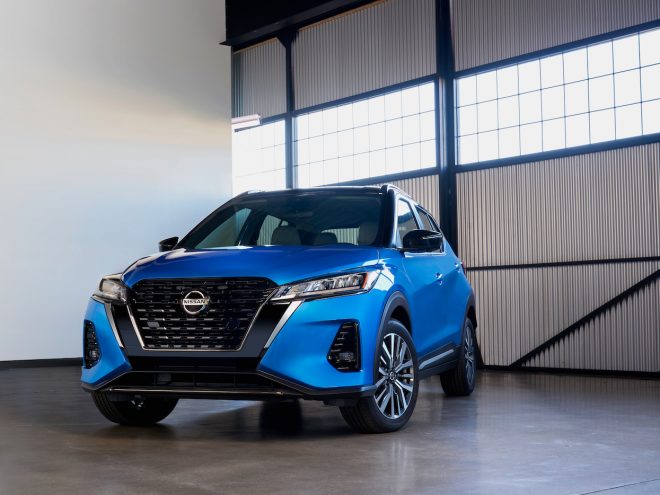
Who’s Liable for a Parking Lot Accident?
Parking lot accidents can be incredibly frustrating and inconvenient. While parking lot collisions rarely cause serious injuries, they can cause substantial damage to your vehicle. Repairing your car after a parking lot accident can be a time-consuming, expensive process. To help you secure compensation for the damages and injuries caused by a parking lot collision, we put together this article explaining the basics of crash liability.
Why Do Parking Lot Accidents Occur?
Especially during peak business hours, parking lots can be hectic. With cars, pedestrians, and shopping carts moving in every direction, it’s no wonder that parking lots see a significant number of collisions every year. Some of the most common reasons for this type of crash include:
• Distracted or impaired driving: When a driver is not paying attention to the road or is driving under the influence of alcohol or drugs, they are more likely to strike another vehicle or pedestrian.
• Overconfident driving: Some drivers are inclined to speed, run stop signs, or take turns too quickly in parking lots, particularly when the lot is not very busy. This can lead to a serious accident if the driver loses control of their vehicle.
• Too much traffic: In a packed parking lot, it can be challenging to keep track of the pedestrians, cars, animals, and other obstructions surrounding your vehicle. Many parking lots have blind corners, tight alleyways, and compact spaces that are difficult to navigate for drivers in large vehicles.
• Failure to obey traffic laws: Some drivers may be less inclined to follow the rules of the road in a parking lot as opposed to a main street or highway. A failure to obey speed limits, traffic signals, or crosswalks can lead to a serious collision.
• Poorly designed lots: Some parking lots suffer from poor design or upkeep. Low visibility, unclear or confusing signage, a lack of safe walkways for pedestrians, and insufficient lighting in underground lots make navigating a parking lot much more difficult than it needs to be.
• Reckless driving: When drivers are in a rush, they may drive more recklessly than usual. Road rage and aggressive driving play a factor in many parking lot crashes.
Common Parking Lot Accident Injuries
Fortunately, most parking lot accidents occur at low speeds and do not result in serious injuries. However, when a pedestrian is struck by a car in a parking lot, the severity of their wounds may be significant. Brady, Brady & Reilly LLC notes that apedestrian struck by a motor vehicle may suffer:
• Soft tissue damage
• Fractured or broken bones
• A traumatic brin injury
• A spinal cord injury
• Head, neck, or back injuries
• Disfiguring wounds
Who Can Be Held Liable for Your Accident?
Given how hectic the average parking lot is, it can be incredibly challenging to determine who is at fault for your crash. After the collision, the insurance companies for you and the otherinvolved drivers will attempt to figure out what happened and who was at fault. Signage, right-of-way rules, the location of damage on the car(s) involved in the crash, surveillance footage, and witnesses may all play a role in determining who was at fault for the collision.
Liability in a Rear-End Accident
In most rear-end accidents, whether in a parking lot or on a highway, the tailing driver will be at least partially liable for the crash. While on the road, you are obligated to maintain a safe following distance from the vehicle in front of you. Unless there are underlying collisions that prevented the tailing driver from keeping back far enough to avoid a collision, it is likely that negligence played a role in the incident.
Liability in a Left Turn Collision
Left turn collisions occur with some regularity in parking lots, commonly at stop signs or as one driver is attempting to cross in front of another car to pull into a parking spot. Unless the turning driver is shielded by a “yield” or “stop” sign that gives them the right to make an unimpeded turn, it is likely that they will be found liable for the collision. If the other driver was speeding, distracted, or could have reasonably avoided the crash but did not, they may share some degree of liability for the accident.
Pulling Into or Reversing Out of a Parking Spot
Not all crashes occur as drivers are jockeying for parking spots or trying to navigate the lot. Accidents also occur when two drivers are backing out of spots on opposite sides of the lane and hit each other. Fault can be particularly challenging to determine in this type of situation since both drivers are obligated to use reasonable caution when backing out of a parking spot. Usually, if it can be proven that one car began backing out before the other, the second car’s driver will be found at fault.
When it is unclear which car moved first or they both began backing out at nearly the same exact moment, it is much more difficult to determine liability. If no one witnessed the accident and the lot does not have security cameras, it can quickly become a case of one driver’s word versus the other as to who backed up first. A car accident attorney can help gather the evidence needed to determine liability in such an instance.
How to Protect Yourself in a Parking Lot
According to the National Safety Council (NSC), some of the ways you can stay safe when navigating a parking lot in your car include:
• Always driving a safe speed
• Being mindful of pedestrians, shopping carts, strollers, and wheelchairs
• Parking in well-lit stalls that have an easy exit
• Reversing cautiously and not over-relying on mirrors or back-up cameras
• Limiting distractions while the vehicle is in motion
• Anticipating the actions of other motorists and pedestrians









